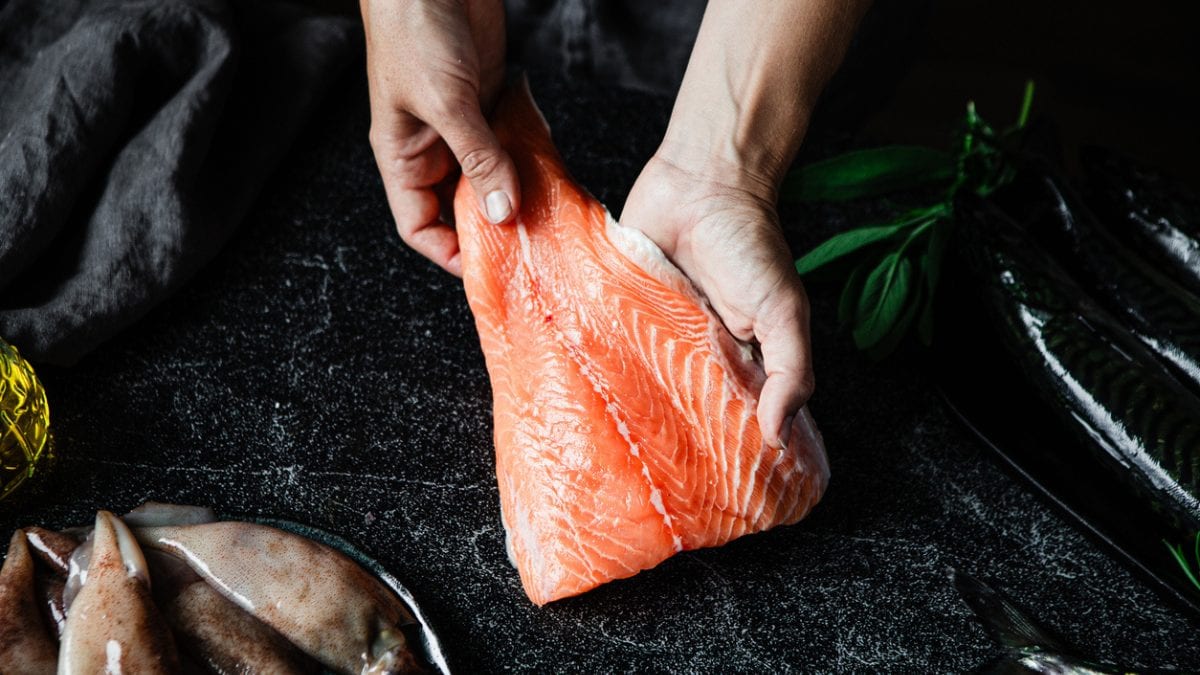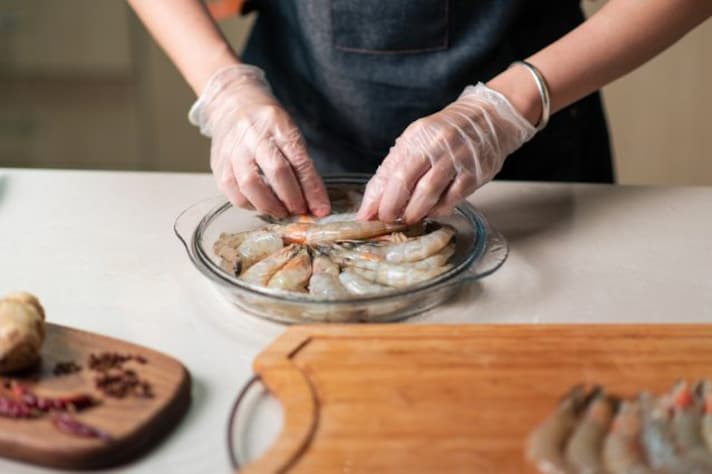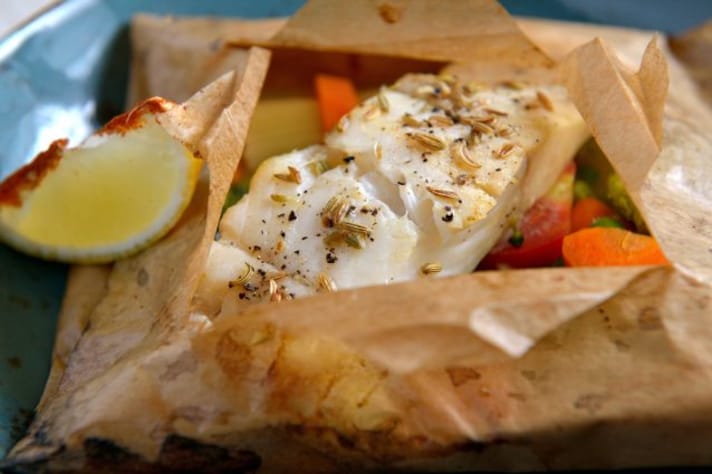
If you’ve ever wondered why your fish doesn’t turn out quite right, it might not be the seasoning or the cooking method—it could be the moisture on the surface of the fish. The seemingly harmless step of patting fish dry before cooking might seem unnecessary, but skipping it can lead to a number of issues. When cooking fish, moisture is the enemy. Whether you're pan-searing, grilling, or baking, that moisture left on the surface can prevent your fish from achieving the perfect texture and flavor.
Moisture Prevents Crispiness
The golden rule when it comes to cooking fish is: crispy is king. Whether you’re looking to achieve a perfectly crispy skin or a beautifully seared fillet, moisture is your worst enemy. When fish is wet, it essentially steams instead of searing. That means you end up with a soggy, flabby texture rather than that crisp, golden-brown finish you were hoping for. Patting the fish dry with a paper towel before cooking helps to remove excess moisture, allowing the fish’s surface to crisp up beautifully. Without that extra moisture, the heat from the pan can do its job properly, turning that surface into a crisp and flavorful crust.
The Risk of Steaming Instead of Searing
If you skip the step of drying your fish, you run the risk of steaming it rather than searing it. When moisture is present on the surface of the fish, it interferes with the Maillard reaction—the chemical process that occurs when food is browned or caramelized in high heat. This reaction is crucial for flavor development and texture, giving fish a rich, savory taste and a satisfying crunch. If the fish is wet, the moisture keeps the temperature from getting high enough for that reaction to occur, resulting in a lackluster flavor and a mushy texture. This is particularly true for delicate fish like salmon or trout, which thrive on that perfect sear.

Wet Fish Throws Off the Heat Distribution
Another issue that arises when fish is cooked wet is uneven cooking. The excess moisture creates a barrier between the fish and the cooking surface, which means heat doesn’t reach the fish evenly. Instead of cooking uniformly, you end up with areas of the fish that are overcooked and others that are undercooked. This not only affects the texture but can make the fish taste inconsistent, with parts being too dry and others too raw. By ensuring your fish is dry before it hits the pan, grill, or oven, you give the heat a clear path to cook the fish evenly, leading to a perfectly cooked piece of fish every time.
Flavor Loss: Moisture Dilutes Taste
Fish is often praised for its delicate, nuanced flavors. When the fish is wet, however, those flavors can be diluted. Moisture on the surface of the fish can cause it to lose its natural taste, as water tends to make the fish absorb the oils and seasonings less effectively. When you pat the fish dry, you’re creating a surface that allows the seasonings, marinades, or butter to adhere better, which means more flavor in every bite. That’s especially important if you’re grilling or pan-frying, where seasoning is key to bringing out the full taste of the fish. A wet fish is a bland fish—it’s as simple as that.
The Risk of Boiling in Fat or Oil
Another issue with cooking wet fish is that it can cause oil splattering. When moisture comes in contact with hot oil, it can lead to an immediate reaction, with the water instantly turning to steam and causing the oil to splatter. This not only makes a mess but can also be dangerous if you’re using high heat. The risk of burns is real when you’re cooking with hot oil and wet ingredients. Patting the fish dry reduces this risk by removing that excess moisture, allowing the fish to cook safely and efficiently. It might seem like a small step, but the benefits of drying the fish extend beyond just texture—they also keep your kitchen a little safer and cleaner.

How to Properly Pat Fish Dry
Patting fish dry may seem like an easy step, but there’s a bit of technique involved if you want the best results. First, use paper towels or a clean kitchen towel to gently press down on both sides of the fish. The key is to be gentle—you don’t want to break apart the delicate flesh of the fish. Simply blot the surface to remove excess moisture. If you're working with a whole fish, be sure to dry the cavity as well. For added flavor, you can also lightly season the fish before or after drying it, allowing the seasoning to adhere better. This simple, quick step ensures that when it’s time to cook, your fish is in its prime, ready to shine.
;Resize,width=767;)
